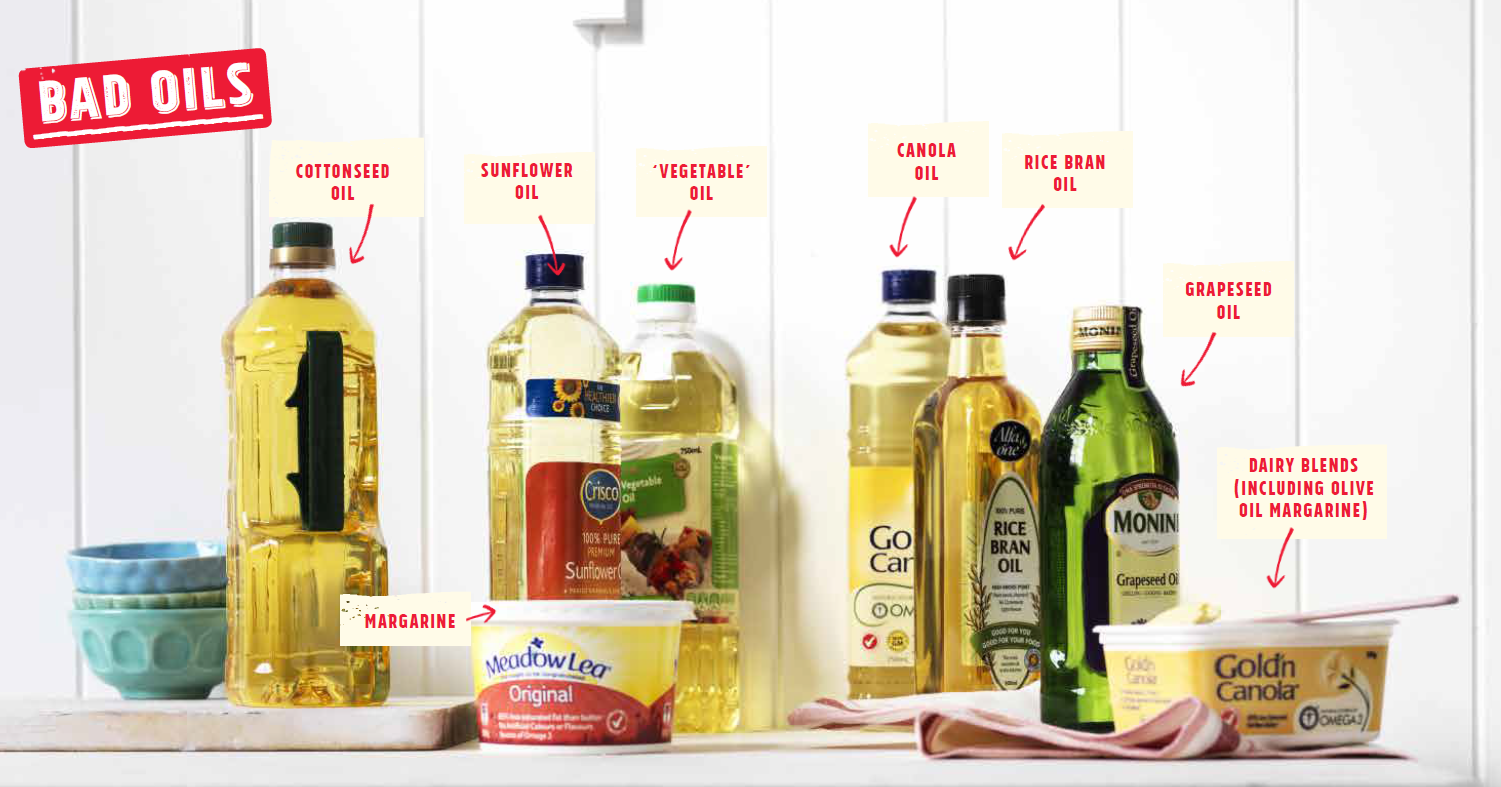
In a world where our choices dictate our health, a silent epidemic has been brewing – one that has gone largely unnoticed. It’s a story of the hidden dangers lurking in the most unsuspecting places, where the heroes and villains are anything but clear-cut. This is the story of seed oils and the biochemistry that connects them to the nefarious world of smoking and alcohol.
At the heart of this tale are yeast – single-celled organisms that make up the fungus kingdom. These microscopic creatures have mastered the art of survival, thriving by producing ethanol, a toxic byproduct that eliminates their competition. Ethanol, the same ingredient found in hand sanitizers and disinfectants, is also present in rotting fruits and vegetables, and it fuels our alcoholic beverages.
As humans, we’ve evolved defense mechanisms to deal with ethanol, starting with ADH, an enzyme that converts ethanol into acetaldehyde – a substance 30 times more toxic. But why would our bodies make such a counterintuitive move? The answer lies in time. By turning ethanol into acetaldehyde, we buy ourselves precious moments to convert the toxic substance into harmless acetic acid.
This delicate dance between ethanol and acetaldehyde has consequences. When acetaldehyde lingers in our system, it brings hangovers, nausea, and more severe health issues. Some people, particularly those of Northeast Asian descent, possess a genetic mutation that makes them more susceptible to the dangers of acetaldehyde. This “Asian Flush” may deter alcoholism but puts them at a higher risk for liver damage, dementia, and cancer.
The villainous aldehydes don’t stop at acetaldehyde. Our bodies also encounter acrolein, a cancer-causing compound produced when plants burn, such as in cigarette smoke. And then there’s 4-HNE, a lethal aldehyde derived from omega-6 polyunsaturated fats found in nuts, seeds, and legumes.
In the past, our consumption of omega-6 fats was limited. But with the rise of seed oils in the 19th and 20th centuries, we now consume over ten times the ancestral amounts. These oils, marketed as heart-healthy and endorsed by dietitians, have infiltrated our food supply.
From margarine to mayonnaise and even restaurant fryers, seed oils are inescapable. Our bodies create 4-HNE from these oils, but we also consume it directly when we cook with them, inhaling and ingesting a double dose of the toxic compound.
Like its aldehyde cousins, 4-HNE wreaks havoc on our DNA and proteins, leading to an array of diseases, including Alzheimer’s, Parkinson’s, heart disease, and cancer. In a sinister twist, 4-HNE even undermines our genetic defenses against cancer.
While smoking and alcohol consumption are not marketed as healthy choices, seed oils have been cloaked in a veil of “heart-healthy” propaganda. The dangers of aldehydes produced by these oils far outweigh those from alcohol and smoking. The science behind this may be new, but it’s not so new that our health authorities should be unaware.
As this story unfolds, it’s clear that we can no longer afford to ignore the hidden dangers of seed oils. It’s time to reevaluate our relationship with these omnipresent substances and reconsider the choices we make in the name of health.
















d ear DAVID,
JUST BLITZ RED ‘BIG FAT LIES’
LUVD IT
HOWEVER I FELT THERE COULD HAVE BEEN SOME COMMENTS / INFO ON
A)) EMPTY CARBS – SPECIFICALLY WHITE BREAD, WHITE RICE, SPAGHETTI, WHITE NOODLES, WHITE MIE, PIZZA BASE, SKINNED POTATOES
WHICH FROM MY EXPERIENCE ARE ALMOST AS BAD AS WHITE SUGAR
B)) POSITIVE EFFECTS OF REAL HERBS & SPICES ON APPETITE & HEALTH EG TURMERIC, GARLIC, GINGER, CINNAMON AS WELL AS REAL SEA SALT
C)) BENEFITS OF EATING RAW FOOD NOT KILLED FOOD ESPECIALLY KILLED BY MICROWAVE
D)) WATER – BENEFITS THEREOF SEE DR BATMANGELIDJ ‘WATER FOR HEALTH, FOR HEALING ,FOR LIFE
I’M LOOKING FORWARD TO STUFFING MYSELF WITH ALL YOR STUFF
CHAMP
ps I’m 84 yrs yung and quit grog bashes at 32, smoking at 42, sugar at 52, empty carbs at 62, started 4 glasses of water first thing in the morning at 65, the latter restored my eyesight so I no longer needed glasses, half my contemporaries are dead, 80% of the rest have major lifestyle diseases, I walk or ride a bike deliberately, eat only one main meal a day, 80% raw vegs and fruit, grow a lot of my own stuff including weeds eg dandelion, maron, flat weed, I fix it or forget it so no worries, love all, help the homeless, get 7-9 hrs good sleep, always learning – finished my rapid transformation therapist certificate last year and would love to collaborate/work with you.
Hi David
I have read sugar science and also listen to you regularly on the You Project – enjoy both. I also listen to podcasts such as The Proof and Huberman Lab as I like to get wide views on health and well being topics. I have found that the seed oil topic is the one I cannot reconcile due to many trials that appear not to support your arguments. Here is one from The Proof. There’s also a podcast specifically on canola from Simon on The Proof. Interested in your views on these.
https://theproof.com/fact-check-paul-saladino-on-seed-oils/
https://theproof.com/is-canola-oil-toxic-gil-carvhalo-md-phd/
Hey Frank I have had a quick look at the commentary on Saladino. I’m not overly impressed by the primary proof point being a meta-study on bio-markers sponsored by Unilever (the largest seed oil manufacturer in the world) but I will look more closely when I get a little time over the break.
Appreciate your reply. The other studies/clinical trials i have recently heard about are the Oslo Heart study, Sydney Heart and Lyon Heart. Way too much info for this mere mortal to try and understand what the real answer is but like many things there are definitely 2 distinct camps when it comes to seed oils.
Just beacuase there are two sides to a story doesn’t mean there are two sides to a story. There is a lot of money riding on people continuing to believe that seed oils are not dangerous.